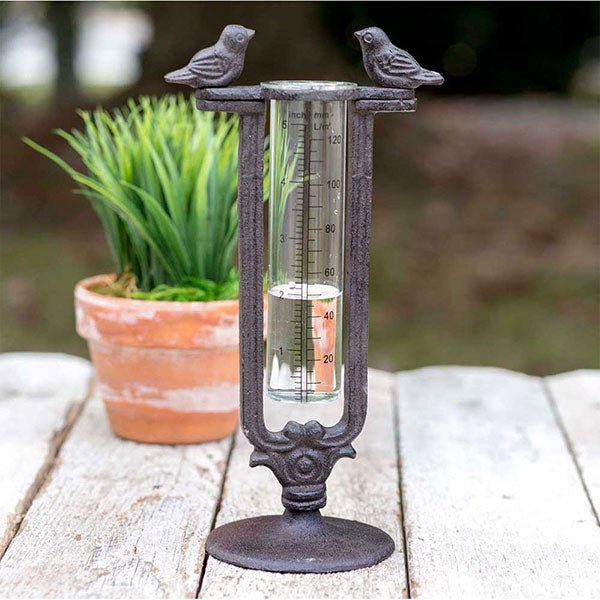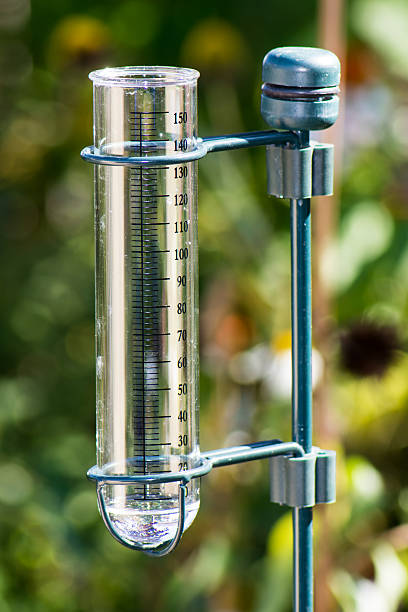The Rain Gauge: An Important Tool for Keeping Track Of Rainfall Levels
The Rain Gauge: An Important Tool for Keeping Track Of Rainfall Levels
Blog Article
Just How to Choose the Right Rain Gauge for Accurate Rainfall Data
Accurate rainfall data is important for numerous sectors and tasks, such as agriculture, water, and meteorology resource administration. To obtain trusted measurements, it is important to choose the right rainfall scale. This overview intends to supply useful insights into the option process, permitting you to make educated decisions. Taking into consideration factors such as location, kind, and precision of the rainfall gauge will assist make certain exact data collection. Additionally, understanding the upkeep and calibration treatments will certainly contribute to the longevity and integrity of your rain gauge. By following these guidelines, you can guarantee exact rains data, making it possible for much better decision-making and planning for various applications.
Relevance of Choosing the Right Rainfall Gauge
The value of choosing the best rain scale depends on getting accurate and trusted rainfall data for precise meteorological evaluation. Rain data is vital for a variety of applications, consisting of weather projecting, hydrological modeling, and environment research. Incorrect or unstable data can result in wrong verdicts and flawed decision-making processes.

Second of all, the precision and accuracy of the rainfall gauge are extremely important. The gauge should have the ability to determine rains with high accuracy, capturing also percentages of precipitation precisely. It should also decrease errors as a result of dissipation, wind, and various other ecological aspects. Routine calibration and upkeep are important to ensure continuous accuracy.
In addition, the area and installment of the rain scale are essential factors to consider. It needs to be placed in an open area, away from obstructions that could impact rains dimensions. The scale must be positioned at an appropriate elevation and angle to stay clear of spilling and make certain appropriate catchment of rain.
Elements to Think About When Picking a Rainfall Scale
When choosing a rainfall gauge, there are numerous crucial aspects to take into consideration. There are various types available, consisting of basic rainfall evaluates, tipping bucket rain assesses, and evaluating rainfall evaluates.
Another element to think about is the material of the rain scale. Rain gauges can be made of various materials, such as plastic, metal, or glass. The product picked must be resilient and resistant to weather conditions, making sure that the rain gauge will certainly endure the aspects and provide accurate measurements with time.
Accuracy is likewise a crucial factor to think about. Search for rainfall gauges that have actually been adjusted and tested for accuracy. Attributes such as anti-splash rings and funnels can additionally enhance the accuracy of the measurements.

Finally, take into consideration the climate and setting in which the rainfall gauge will certainly be made use of. Different rainfall gauges appropriate for different environments, so it is essential to pick one that is appropriate for the problems in your location.
Various Types of Rainfall Gauges Offered
To better explore the aspects to think about when choosing a rain scale, it is necessary to understand the various sorts of rain determines available. There are a number of sorts of rainfall determines, each with its own benefits and disadvantages. The most typical kind is the typical rain gauge, additionally referred to as the cylindrical rain gauge. This type contains a straight-sided cylindrical container with a funnel-shaped top. It is basic to make use of and gives accurate measurements of rainfall.
One more type of rainfall scale is the tipping container rain scale. As the rain drops right into the gauge, it fills up one side of the bucket, creating it to tip and empty the water.
A 3rd kind of rain scale is the weighing rainfall scale. As the rainfall drops into the scale, it is gathered in a container attached to a balance.
Lastly, there are additionally remote rain determines that use advanced innovation to determine rains (The Rain Gauge). These assesses usage sensors and transmitters to send out information wirelessly to a central system. Remote rainfall gauges are practical for keeping track of rains in hard-to-reach locations or for large-scale data collection
Exactly How to Determine the Accuracy of a Rainfall Scale
One way to evaluate the accuracy of a rainfall scale is by performing regular calibration dimensions. Calibration involves comparing the readings of a rainfall scale to a standard measurement, such as a certified rain gauge or a weather terminal with high accuracy. By comparing the measurements, any inconsistencies or errors in the rainfall gauge can be determined and represented.
To carry out a calibration measurement, begin by accumulating rainfall data from both the rain gauge and the conventional measurement gadget over a details amount of time, such as a month. After that, contrast the readings and calculate the difference in between them. This difference is referred to as the calibration error.
It is essential to keep in mind that calibration dimensions must be carried top article out consistently, as ecological aspects, such as particles, temperature, and wind, can affect the precision of the rainfall gauge over time. By performing routine calibrations, any adjustments in the precision of the rain gauge can be detected and changes can be made appropriately.
Along with calibration, it is likewise recommended to tidy and maintain the rainfall gauge routinely to guarantee its accuracy. Get rid of any debris or blockages that may influence the precision of the measurements, visit homepage and check for any kind of indicators of damage or wear that might require fixings or replacement.
Tips for Keeping and Calibrating Your Rain Scale
Regular maintenance and calibration are crucial for making certain the accuracy and dependability of your rain scale in gauging rains data (The Rain Gauge). By adhering to a few basic pointers, you can ensure that your rainfall scale is correctly kept and adjusted
Firstly, it is very important to clean your rainfall scale frequently to protect against any debris or dust from blocking the rainfall collection system. Utilize a light detergent and a soft brush to delicately cleanse the inside and outside of the gauge. Wash it completely with tidy water and allow it to completely dry entirely prior to re-installing it.
Second of all, it is suggested to calibrate your rain gauge at least annually. Calibration entails contrasting the measurements of your rain gauge with those of a relied on and precise referral scale. This will certainly aid you recognize and remedy any possible errors in your rainfall scale's measurements.
To calibrate your rainfall gauge, accumulate a well-known quantity of water utilizing a gauging container and contrast it with the dimensions videotaped by your rainfall scale. Readjust the analyses appropriately to make sure accuracy.

Final Thought
In final thought, choosing the appropriate rain gauge is vital for getting exact rainfall data. Aspects such as purpose, place, and budget plan should be considered when choosing a rain gauge.
There are different kinds offered, consisting of standard rain evaluates, tipping bucket rainfall assesses, and evaluating rainfall assesses.To better discover the variables to take into consideration when selecting a rain gauge, it is vital to understand the various kinds of rain gauges offered. The most usual type is the basic rain scale, additionally recognized Recommended Reading as the round rainfall gauge.Another kind of rainfall scale is the tipping pail rainfall gauge. Calibration involves contrasting the analyses of a rain gauge to a conventional measurement, such as a certified rain scale or a weather condition station with high accuracy.
Report this page